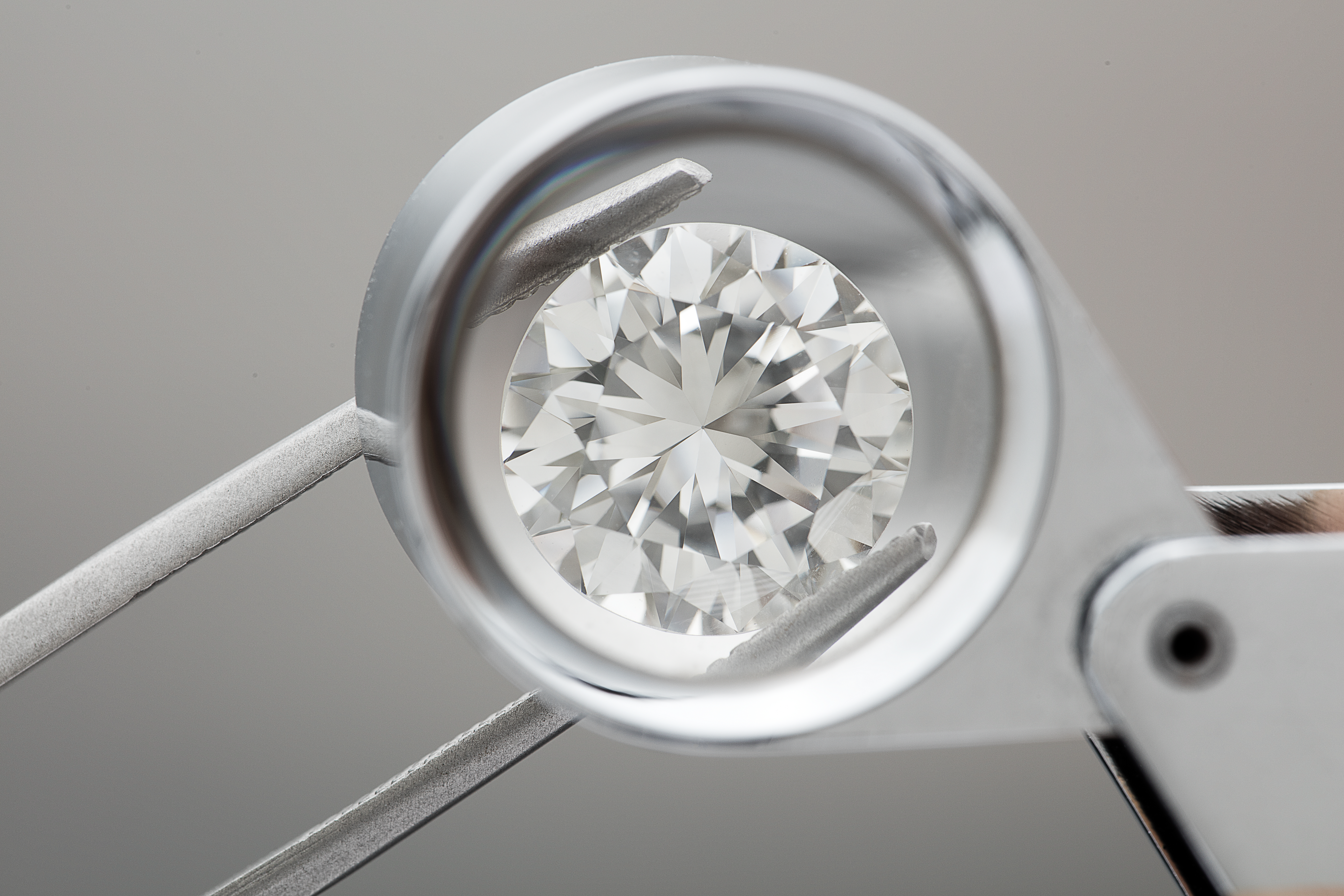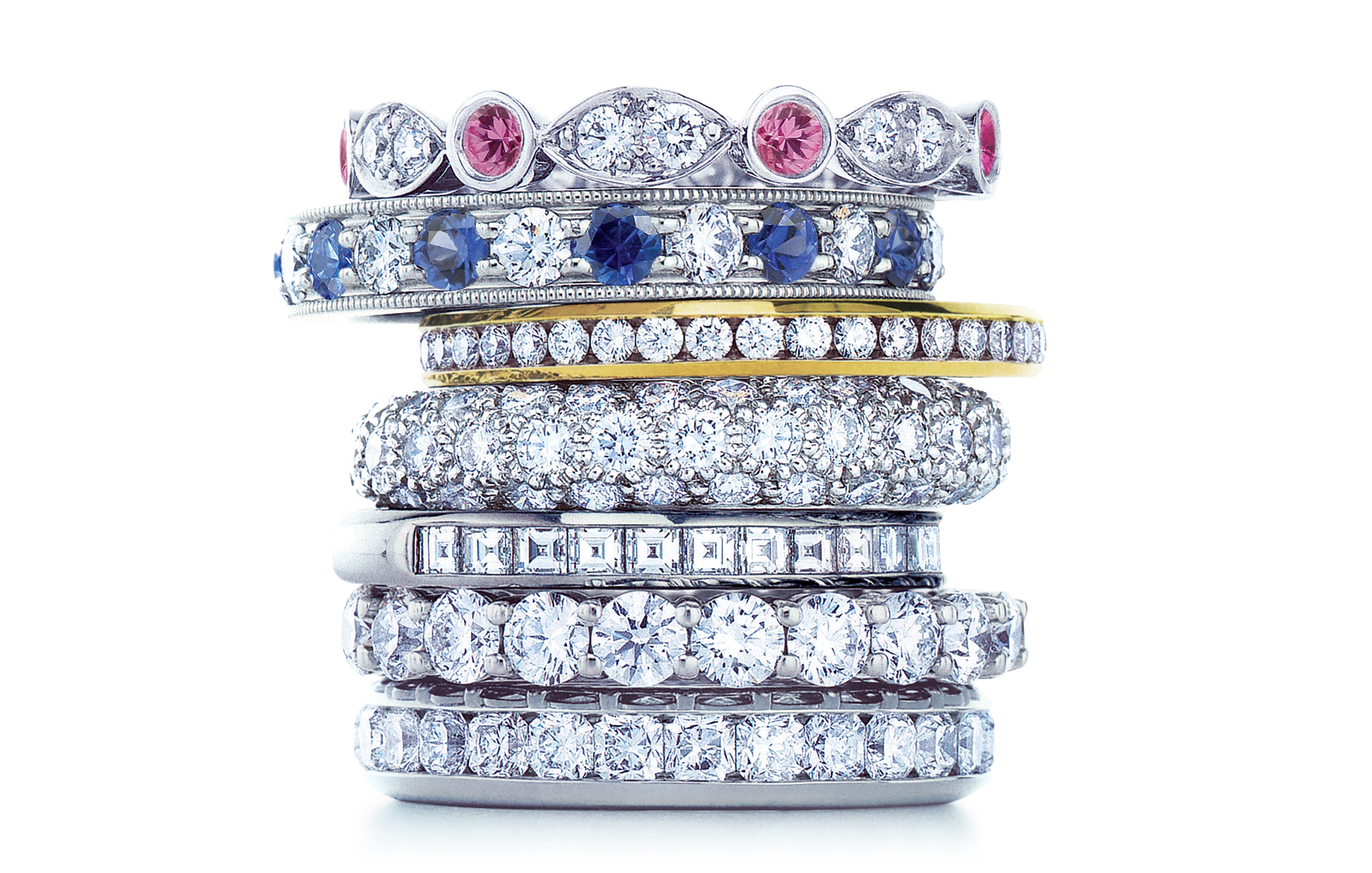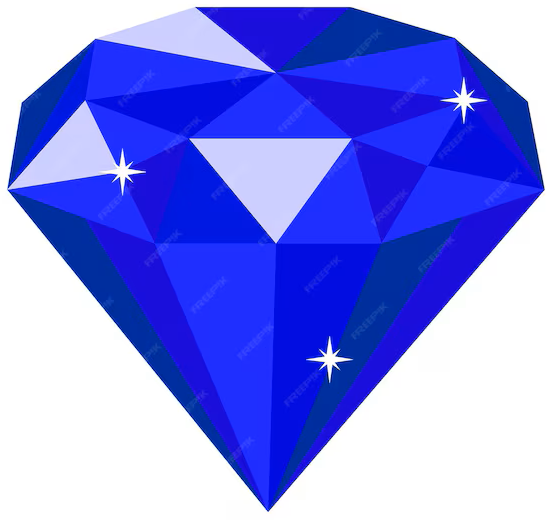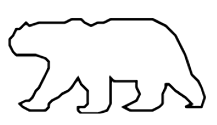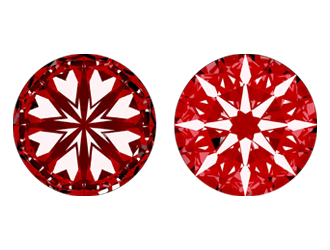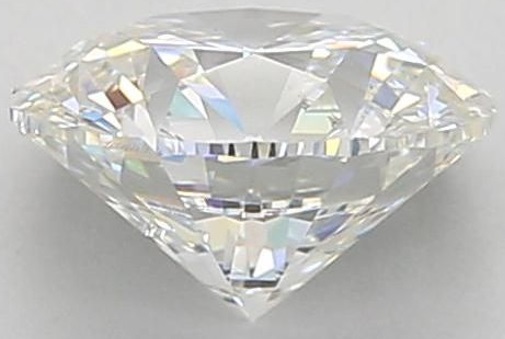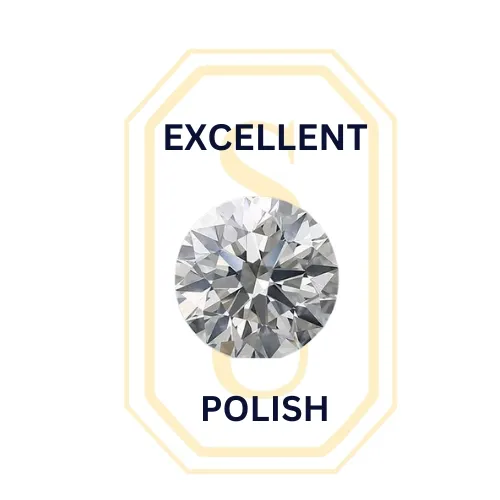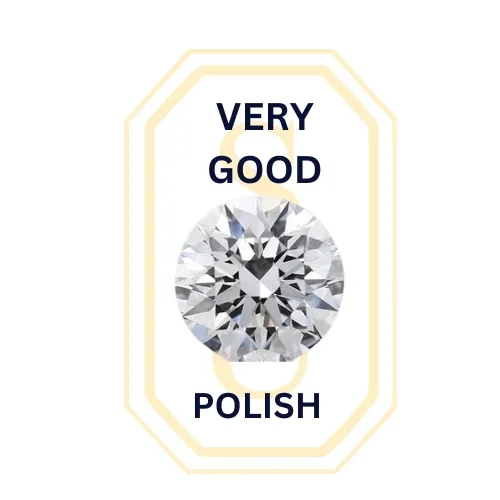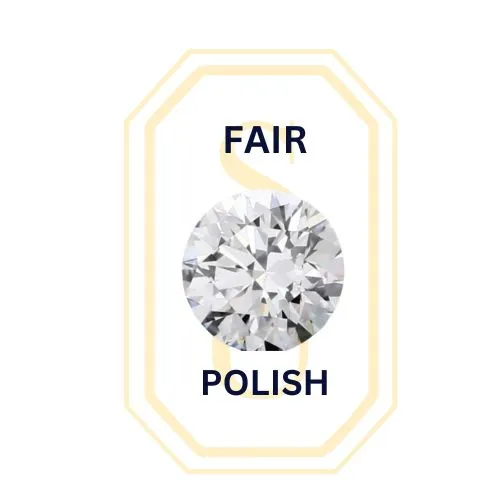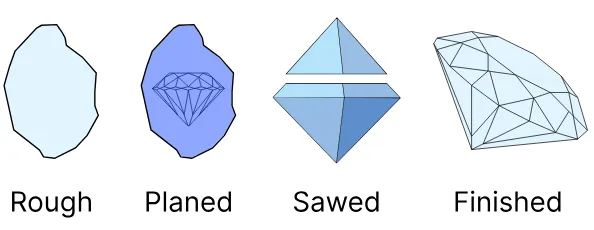
Diamond Polish

Lifetime Warranty

Hassle Free Returns

Free Resizing

Conflict Free Diamonds
Top Questions and Answers
Diamond polish refers back to the process of improving the surface finish and luster of a diamond through precision grinding and smoothing. It includes the usage of abrasive substances to do away with imperfections, scratches, and any surface irregularities, ensuing in a easy and reflective diamond floor.
Diamond polish is critical for boosting a diamond's visible attraction and brilliance. A well-polished diamond reflects and refracts light effectively, maximizing its sparkle. polishing eliminates microscopic imperfections, ensuring a smooth surface and most efficient light performance.
Diamond polish enhances a diamond's brilliance by using growing easy, reflective surfaces that allow mild to refract efficiently. nicely-polished diamonds showcase first-rate clarity and transparency, maximizing their standard visible enchantment.
Diamonds may be polished the usage of diverse techniques, with three principal kinds being "first-rate," emphasizing facets and maximum mild mirrored image; "rose," proposing a softer glow with fewer facets; and "single cut," a easier fashion with fewer sides.
Diamonds can be repolished to repair their luster if they turn out to be stupid or scratched over time. professional jewelers use specialized device to get rid of surface imperfections and restore the diamond's brilliance.
Diamond polish is measured on a scale starting from great to negative, assessing the satisfactory of the sides' smoothness and finish. professional gemologists use magnification tools to have a look at the diamond's surface for any imperfections, scratches, or blemishes that could affect its brilliance.
The perfect polish grade for a diamond is commonly high-highexcellent or best. This grade reflects a advanced stage of expertise in the diamond's sprucing procedure, resulting in a clean and perfect floor that complements the stone's brilliance and sparkle.
The polish of a diamond extensively influences its cost. A well-polished diamond reflects light extra successfully, improving its brilliance and sparkle. Diamonds with top notch polish are taken into consideration greater visually attractive and precious.
Diamonds with lower polish grades can nevertheless be visually attractive depending on character possibilities. at the same time as better polish grades frequently suggest advanced mild reflection, some people appreciate a extra unique or vintage appearance that lower grades may provide.
Diamond rings need to be polished each 6-365 days to maintain its brilliance. however, common cleanings at domestic the use of a mild detergent and a smooth brush can assist prevent dust buildup.
To easy polished diamonds, use a moderate answer of heat water and dish soap. gently scrub with a tender toothbrush, focusing on the facets. Rinse very well and pat dry with a lint-free fabric
Lab-grown diamonds are usually polished using similar techniques as natural diamonds. both undergo the identical reducing and sprucing methods to obtain favored shapes and facets. the important thing difference lies within the origin, as lab-grown diamonds are created in controlled environments.
The sprucing system for exceptional diamond shapes varies based totally on their specific sides and proportions. every form calls for precise slicing techniques to beautify its brilliance and hearth. for instance, round diamonds normally go through a different sharpening technique in comparison to princess-reduce or emerald-cut diamonds.
Diamonds can lose their polish over time because of put on and tear from day by day sports, exposure to oils and creams, and get in touch with with abrasive surfaces. Scratches and abrasions can stupid the diamond's floor, impacting its brilliance.
Diamond polishing is a essential step within the diamond cutting method, improving the gem's brilliance and optical houses. It entails disposing of imperfections and refining aspects to maximise mild mirrored image.
The polish of a diamond drastically affects its reflection and refraction of light. A properly-polished diamond enhances inner reflections, maximizing brilliance and sparkle. A easy floor reduces mild dispersion, taking into account higher mild return and brightness.
The Gemological Institute of the usa (GIA) sets industry requirements for diamond polish, comparing it on a scale starting from super to bad. The international Diamond Council (IDC) additionally provides guidelines for diamond sprucing requirements.
A diamond's polish can usually be repaired if it receives broken. professional jewelers can re-polish the diamond to repair its luster and brilliance. The system includes removing a thin layer of the diamond's floor to cast off scratches or imperfections.
Diamond polishing tools include scaives (diamond-bearing plates), laps (grinding disks), and sharpening compounds. techniques involve using various strain, velocity, and diamond grit sizes to shape and refine diamonds.
Inside every polish grade category, there may be versions in the level of polish. factors which include the precise polishing procedure, gear used, and the talent of the technician can contribute to special levels of smoothness and shine within a particular grade.

















